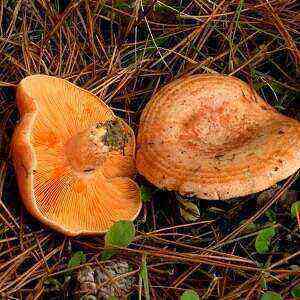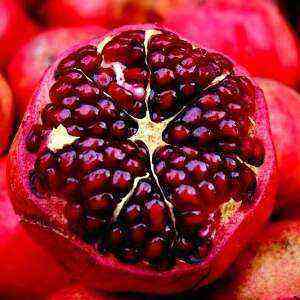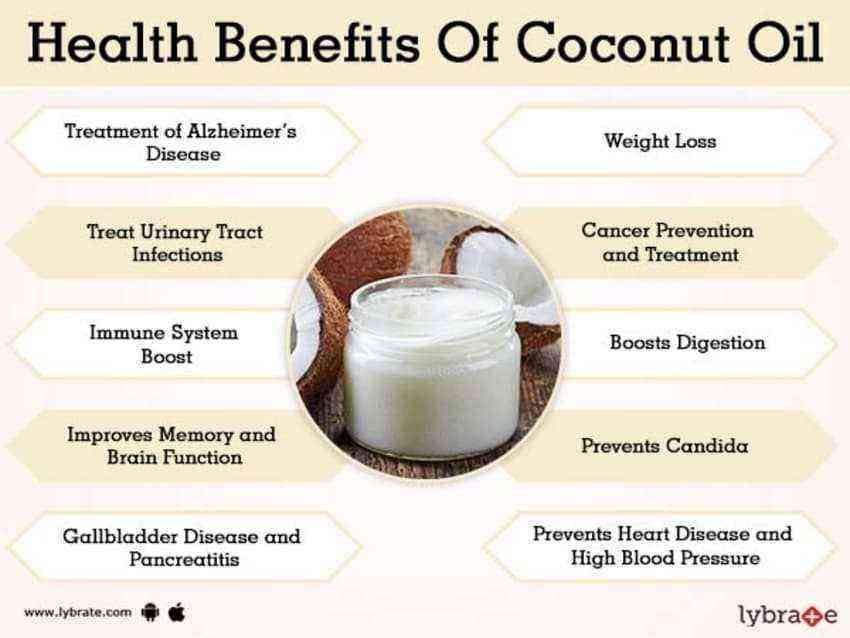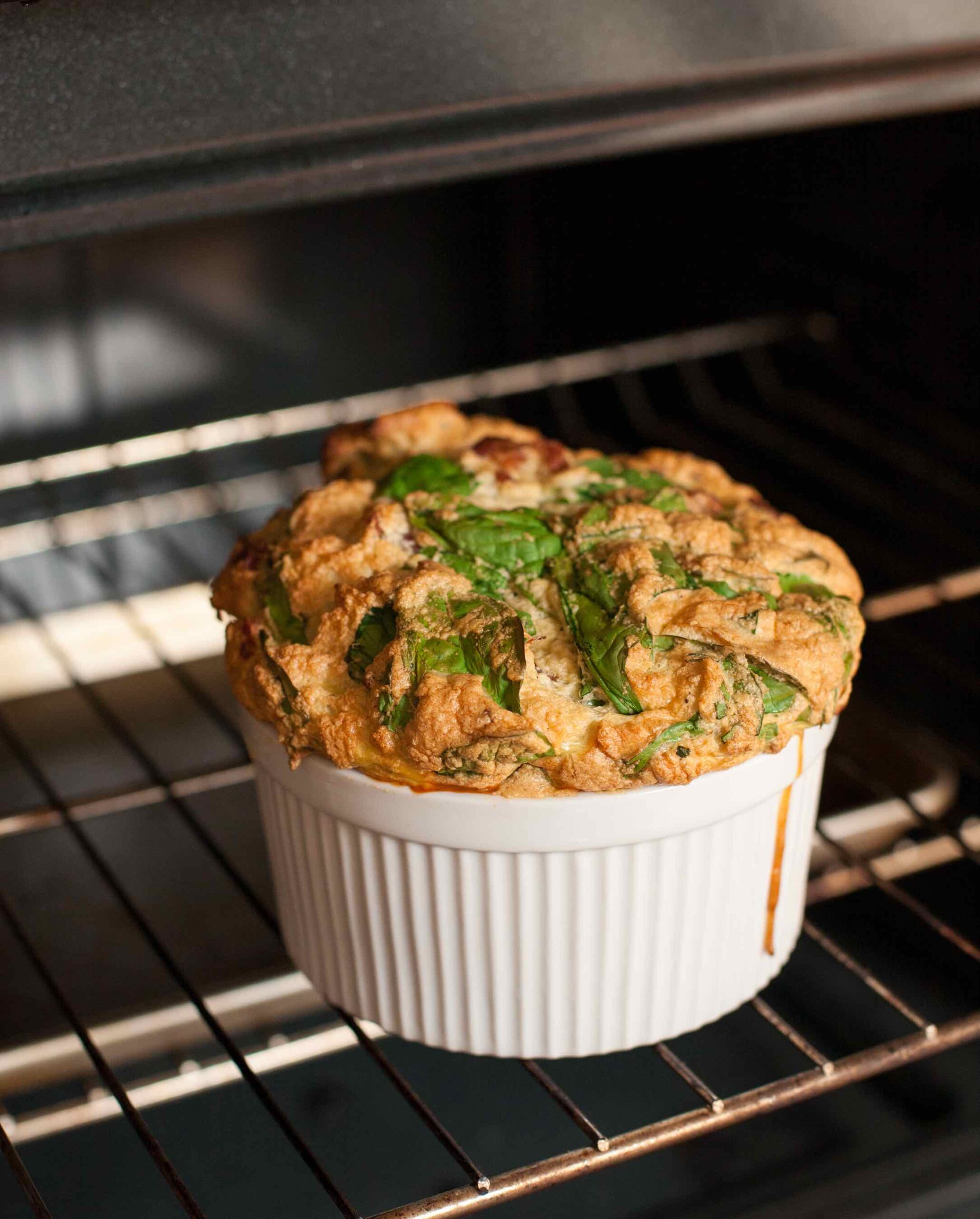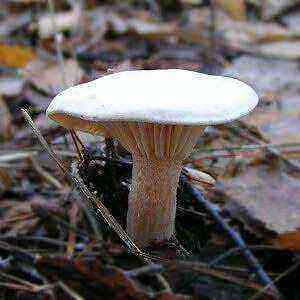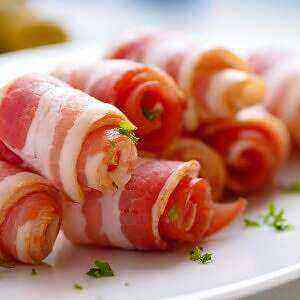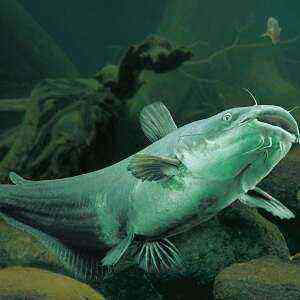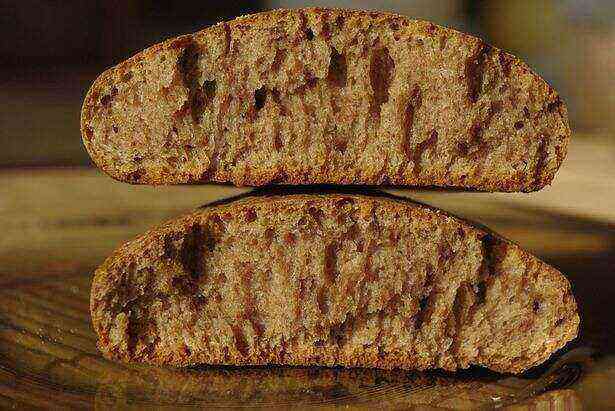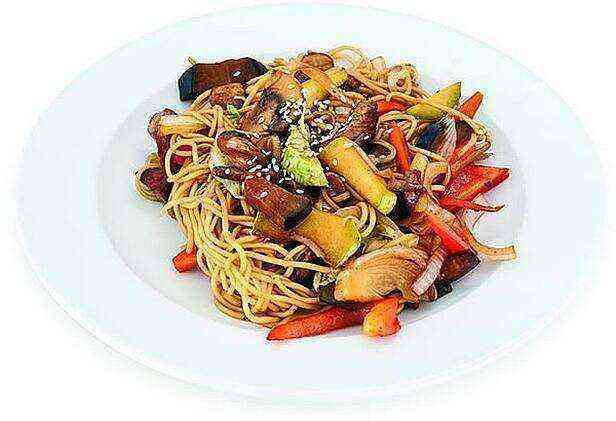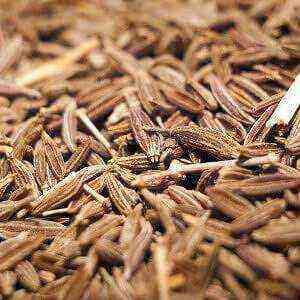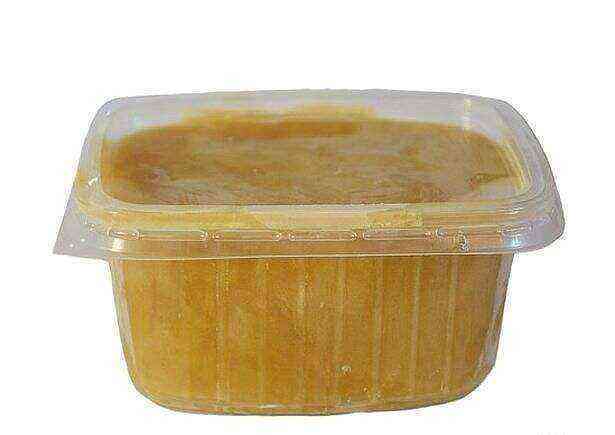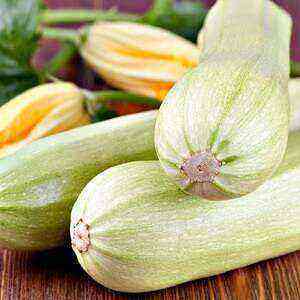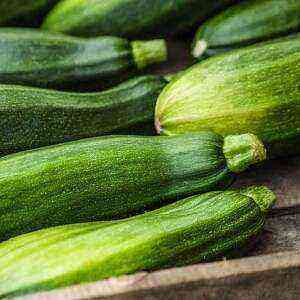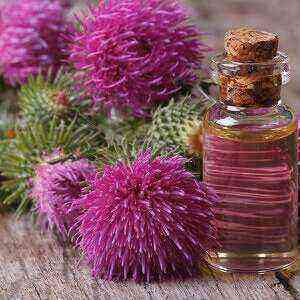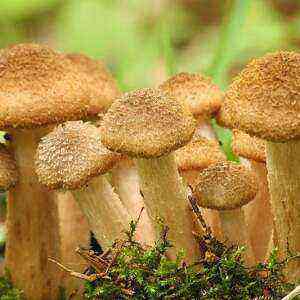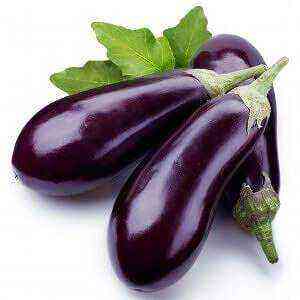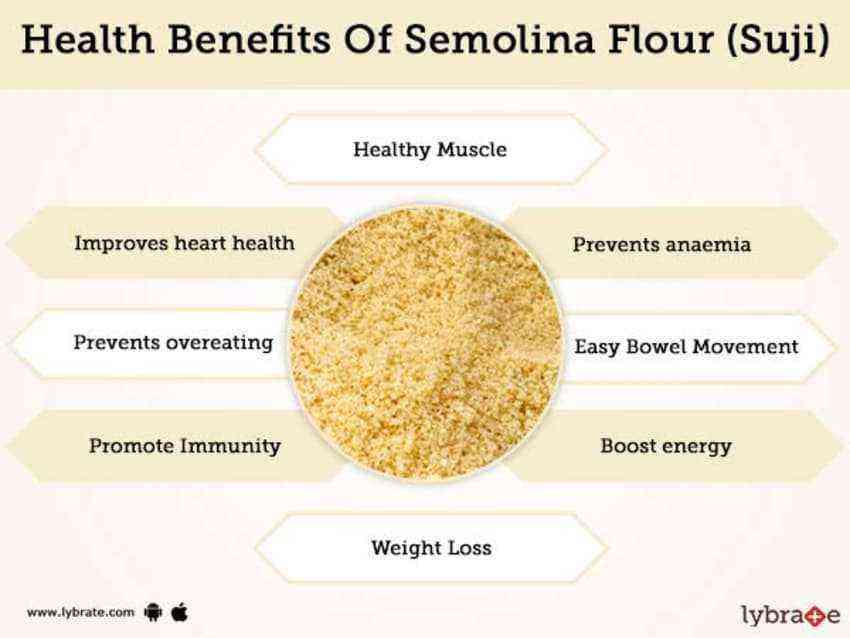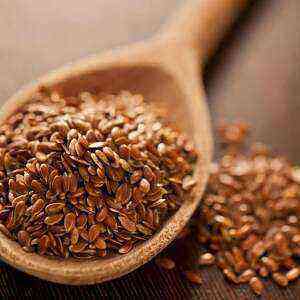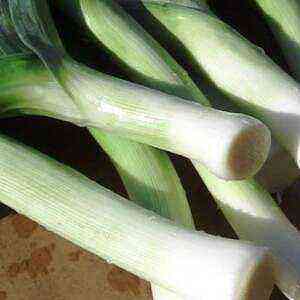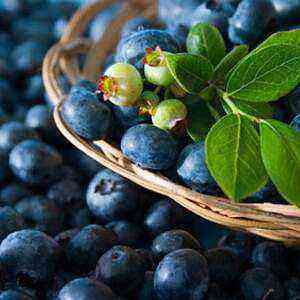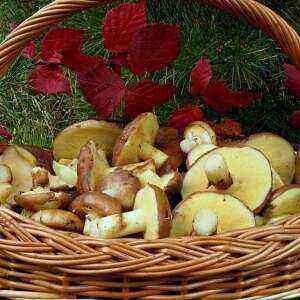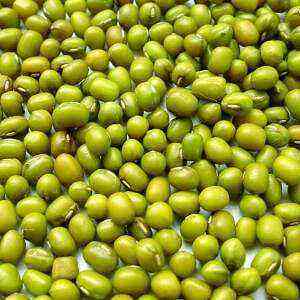
Outwardly, this plant is small, green oval beans. They are used in cooking as a side dish. Mung bean is eaten whole or starch is extracted from it, on the basis of which noodles are made. In addition, the beans are used for making pureed soups, salads, creams, and snacks.
Mung bean is a high-calorie product that is very useful for women’s health. It maintains hormonal levels (which is especially important during menopause), inhibits the development of breast cancer. In addition, mung beans improve memory and vision, strengthen joints and bones, fight allergies and asthma, and have a beneficial effect on the state of the nervous system.
Mash is extremely popular in the cosmetics industry. The composition of the beans includes a coenzyme that pauses age-related changes in appearance: the appearance of age spots, wrinkles, sagging.
Benefit and harm
Mung bean has a diuretic, antiseptic and detoxifying effect. Interestingly, in ancient China, healers used these “miracle beans” to cleanse the body.
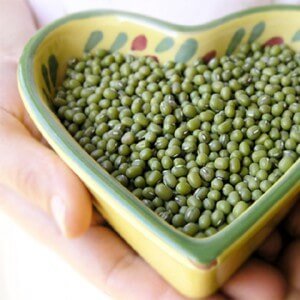
- reduces pores, nourishes, softens, brightens the skin (as a mask);
- strengthens the immune system;
- It stimulates mental activity;
- increases visual acuity;
- stabilizes cholesterol and blood sugar levels;
- fights tumors (protease inhibitors);
- improves the hormonal background and psychological state of a woman during menopause, fights with hot flashes (phytoestrogens);
- normalizes pressure;
- absorbs toxins, excess fat;
- increases the flexibility of arteries, veins;
- stimulates the production of collagen, elastin, hyaluronic acid, which give the skin a young, healthy, toned look (phytoestrogens);
- increases performance;
- regulates body temperature, thereby preventing heat stroke;
- normalizes metabolism;
- Helps curb hunger, reduces cravings for sweets.
Dr. Haichao Wang found mung bean extract to prevent sepsis farmer-online.com… According to the experiment carried out on mice, the survival rate of the group receiving mung bean extract was 70% relative to the control, in which it did not exceed 30%.
Mung beans are a plant-based alternative protein source. Interestingly, 100 g of mung bean contains 23,5 g of protein. ., while in beef tenderloin – 20,2 g ., pork – 16 g ., boiled chicken – 22,6 g ., raw eggs – 12,7 g .… Therefore, beans can be substituted for meat 2-3 times a week: this will reduce the load on the digestive tract.
Bean culture is a dietary product that is especially useful for diabetics, vegetarians, athletes, overweight people, heart problems and metabolism.
Противопоказания [8]:
- intolerance to the product;
- poor intestinal motility;
- diseases of the digestive system.
With excessive use, flatulence and dispersion may occur.
Chemical composition
Mash contains valuable vegetable protein, fiber, vitamins, minerals, protease inhibitors, phytoestrogens, which can fully replace meat.
Sprouted beans provide the greatest value for humans, since the concentration of nutrients in them increases by 1,5 – 5 times.
Table No. 2 “The chemical composition of mash”
Name
Nutrient content, mg per 100 g of product
Vitamins
Phylloquinone (K) 0,009 Ascorbic acid (C) 4,8 Pantothenic acid (B5) 1,91 Thiamine (B1) 0,621 Tocopherol (E) 0,51 Pyridoxine (B6) 0,382 Riboflavin (B2) 0,233 Niacin (B3) 2,3 Folic acid (B9) 0,625
Macronutrients
Калий
1000
Фосфор
358
Магний
174
Кальций
192
Натрий
40
Trace Elements
Iron 6 Zinc 2,68 Manganese 1,035
The calorie content of mung beans and their sprouts is 300 and 30 kcal, respectively.
Ways of preparation
Mung beans are widely used in boiled form in Asian cooking. They are consumed unpeeled, shelled, whole or crushed. Starch is extracted from mung bean, which is used for the production of pasta, jelly, ice cream, drinks, creams. In Uzbek cuisine, vegetarian pilaf (mashhurda or mashkichiri) is prepared from unpeeled golden beans (as this legume culture is also called) and rice. Beans combined with chicken, beef, seafood, peanuts, sauces, vegetables create hearty, delicious salads. The mung bean tastes like beans with hints of walnut. It goes well with rice, lamb, spinach, peas, chickpeas. In addition, hearty casseroles, snack pies, vegetable cutlets, stews, and mashed soups are obtained from this product.
Deep-fried mash is a traditional oriental appetizer.
How to cook beans?
- Rinse the cereal under cold water.
- Soak for 2 hours (or overnight) if using whole beans. The longer they are saturated with moisture, the softer they will be in the finished dish and the less time it will take to cook them.
- Add cereals to boiling water (at the rate of 1 part mung bean to 2,5 parts water), cook for half an hour over low heat. The porridge is salted 10 minutes before the end of cooking. To improve the taste of mung bean, you can add butter or sunflower oil, sautéed onions, carrots, mushrooms, hot spices (asafoetida, curry, chili powder, coriander, garam masala) [9].
How to sprout beans
First of all, it should be noted that sprouted crops are a powerful energy resource.
The nutritional value of such products increases by 2-10 times. Germination increases the concentration of biologically active substances in them and reduces the amount of phytates that impede their absorption.
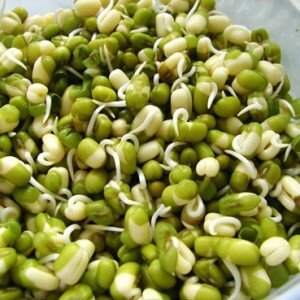
So, before germination, rinse, sort out the beans, get rid of broken grains and litter. Soak them in water overnight. In the morning, rinse the mung bean, transfer to a glass jar, cover it with gauze, tighten with an elastic band. After that, turn the container with the beans over and place in a bowl of water at a 45-degree angle so that the beans are saturated with moisture. The next step is to put the beans in a dark room. Rinse in the same way as it dries.
It is recommended to eat mung bean when the size of a bean with a sprout is at least 1 cm. It is in this form that the beneficial properties of the product are fully revealed. However, do not delay germination, otherwise, instead of fresh young white-yellow shoots, you will get brown, tasteless shoots. It is better to use sprouted mung bean for food immediately, because the maximum shelf life is 2 days in the refrigerator, in gauze.
Green bean skins contain natural fiber that improves digestion, so do not peel it before consuming the product.
Interestingly, the content of vitamin C in seedlings increases 7 times compared to seeds (and amounts to 42,4 mg), antioxidants – 5 times (on the fifth day of cultivation, it is 517 mg), fiber – by 1/3 (reaches 8,9%) [10].
The active components of mung bean seedlings activate the production of hemoglobin, participate in the construction of phosphatases, carry a powerful charge of energy, relieve stress, have antimicrobial activity, and normalize metabolism. Bean sprouts help in the fight against arthritis, asthma, allergies, atherosclerosis, diabetes, menopause, and hypertension. In Chinese medicine, they are used as a cooling food, cooling the body, cleansing the skin, and preventing ARVI.
Any mung bean seeds are suitable for germination, since they are not subjected to heat and chemical treatment. The main condition is that the grains should not be dark or wrinkled.
Recipes
 Gave
Gave
Ingredients:
- mash – 200 g;
- butter – 50 g;
- grated fresh ginger – 5 g;
- cinnamon – 1 stick;
- cumin – 7,5 g;
- water – 1,9 liters;
- garlic – 2 lobules;
- red pepper – 2 pods;
- bay leaf – 2 pieces;
- turmeric – 5 g;
- vegetables – 275 g;
- salt.
Principle of preparation:
- Pour water into a pan, bring to a boil. Add bay leaf and cinnamon.
- Enter the mung bean in boiling water, cook for 20 minutes over low heat.
- Peel the vegetables, chop finely, mix with butter, turmeric. Put the resulting mass into the mung bean. Cook until the beans are tender. If the consistency of the soup is too thick, add a little water.
- Preheat a skillet, sauté dried red peppers and cumin seeds. When dark, add garlic and grated ginger.
- Season the seasonings, cook for 5 minutes.
- Before serving, add sour cream to the dish.
 Famous
Famous
Ingredients:
- round-grain rice – 200 g;
- mutton fat – 100 g;
- carrots – 2 pieces;
- tomatoes – 3 pieces;
- mash – 200 g;
- whole barberry – 15 g;
- cilantro – 4 branches;
- boiled water – 3 l;
- beef bones – 400 g;
- lamb pulp – 400 g;
- vegetable oil – 60 ml;
- onions – 2 heads;
- a mixture of red hot pepper, cumin seeds and coriander – 15 g;
- salt.
Principle of preparation:
- Cut fat and meat into small pieces.
- Peel the onions and carrots, cut into strips.
- Scald tomatoes with boiling water, peel, chop.
- Rinse the mash and rice under water, drop it onto a sieve. Do not mix cereals with each other.
- In a cauldron, heat oil, meat and bones, fry over high heat until a brown crust appears.
- Add fat (it should become slightly transparent), then onions (until a yellowish tint), tomatoes. Pour barberry and spice mixture. Cook for 5 minutes.
- Put the carrots in the cauldron, pour the mung bean, pour in the water. Bring the contents to a boil, tighten the fire, cook under a closed lid for at least half an hour. Cook the dish until the beans burst.
- Add bay leaf and rice to the contents. Cook another 25 minutes, salt. After cooking, leave the dish for 20 minutes on the stove.
- Mashhurd served with katyk or thick yogurt. Garnish with cilantro, basil.
Interestingly, in Uzbek fried soups, spices are added at the stewing stage. Often they are introduced after adding vegetables (in particular tomatoes), when they are actively giving off juice.
Conclusion
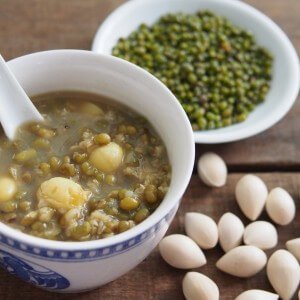
Mung beans are widely used in cooking. They make sauces, pasta, soups, side dishes, appetizers, pancake fillings, salads. Mash is stewed, boiled, fried or served in sprouted form. It goes well with meat dishes, seafood and vegetables (vegetarian pilaf, risotto, dal, mashhurda).
With daily consumption of beans, cholesterol levels are reduced by 19%.
To increase the concentration of nutrients, mung be soaked and germinated for 5 days. Shoots enrich the body with easily digestible protein, slow carbohydrates, healthy amino acids, fats, copper, zinc, calcium, phosphorus, potassium, iron, vitamins B, E, C, K, A, PP. Germinated beans relieve nervous tension, activate metabolic processes, normalize blood pressure, and resist the growth of malignant neoplasms.
It is recommended to eat no more than 200 g of boiled mung per day. Excessive consumption of legumes is fraught with bloating, dispersion, and allergic reactions.
In addition, Masha should be limited to nursing mothers, pregnant women and children under 6 years of age.
Sources of

 Gave
Gave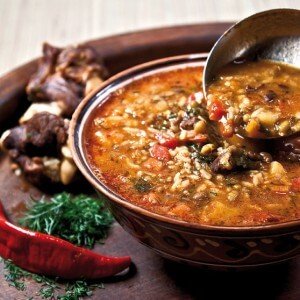 Famous
Famous